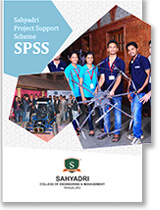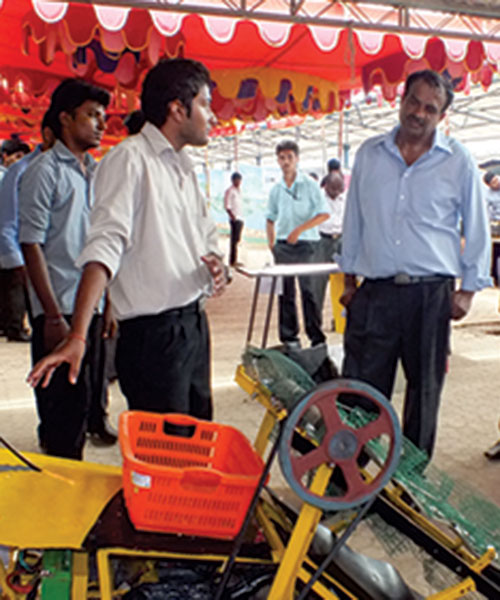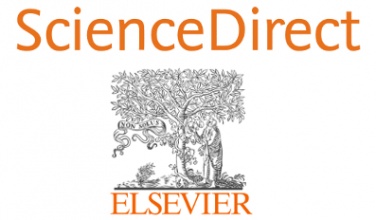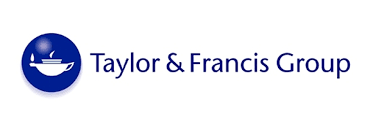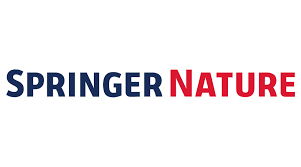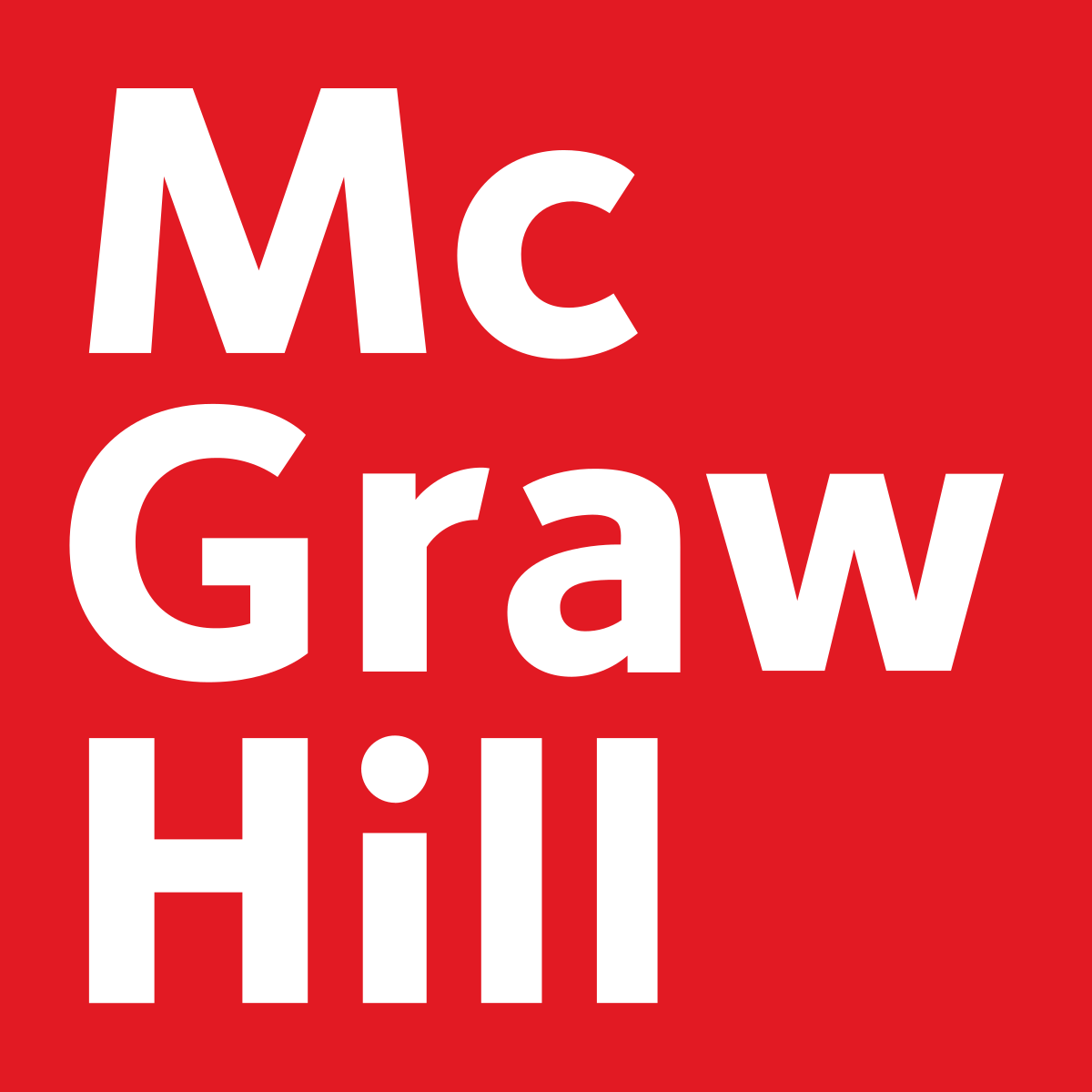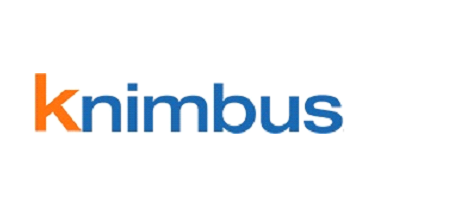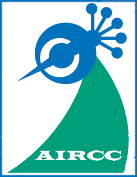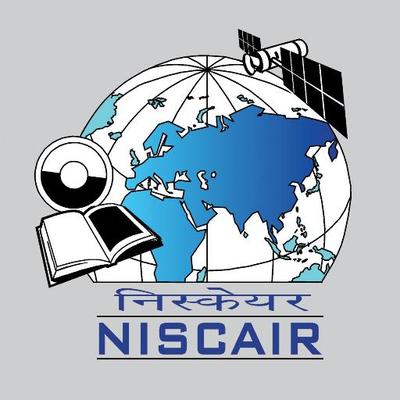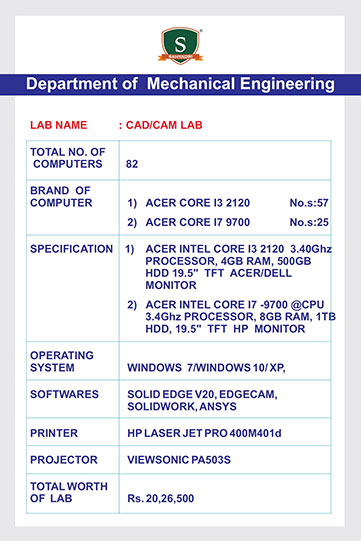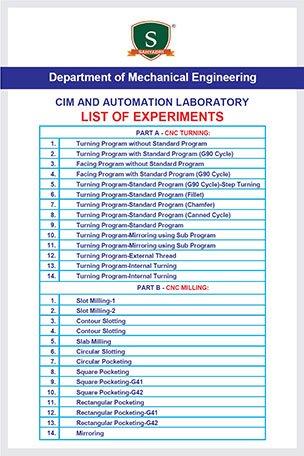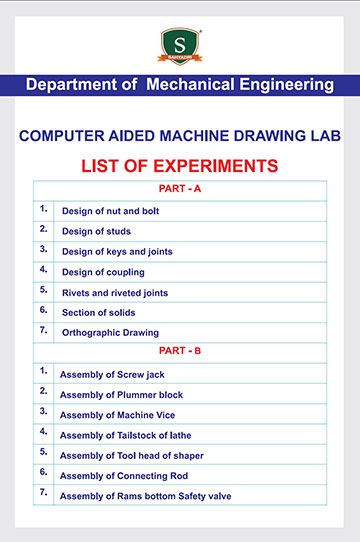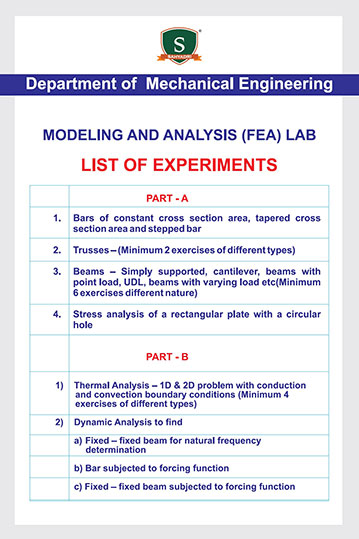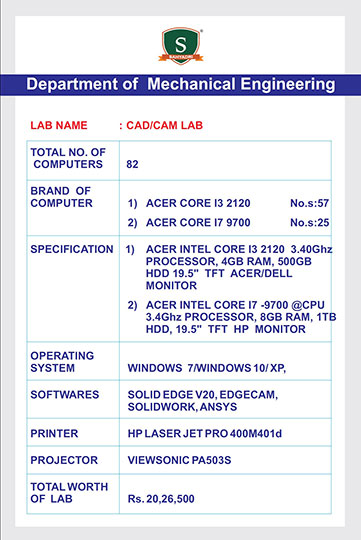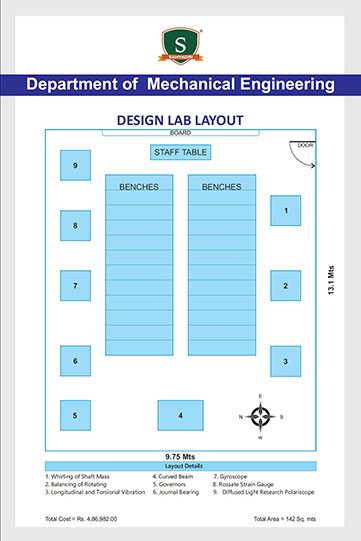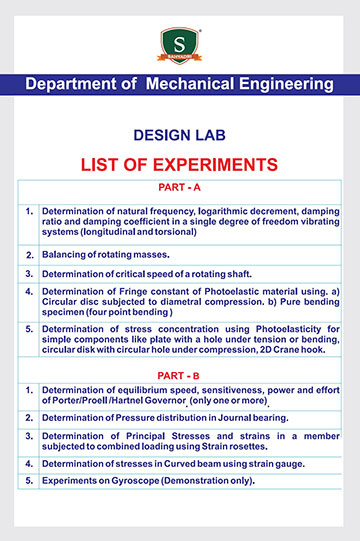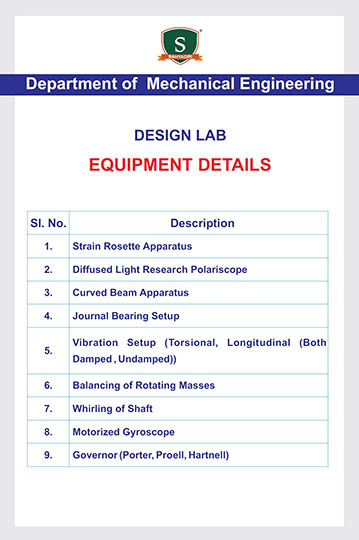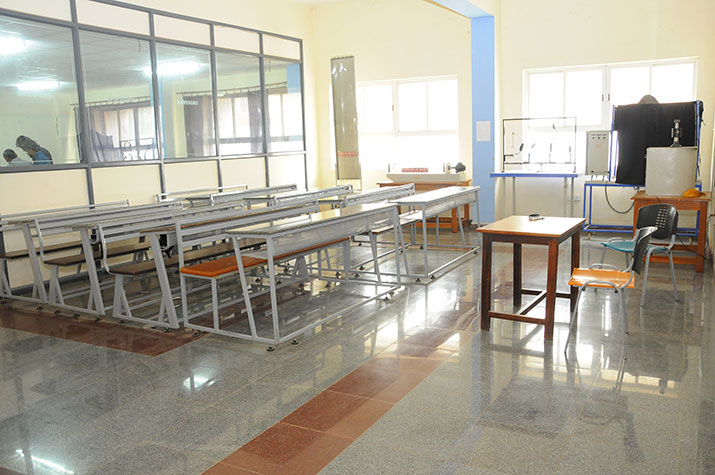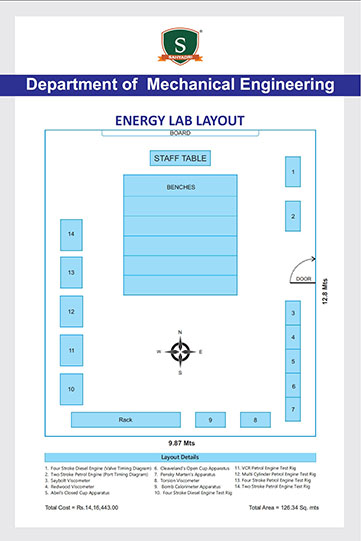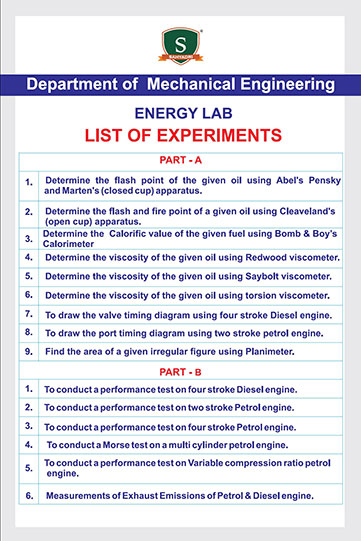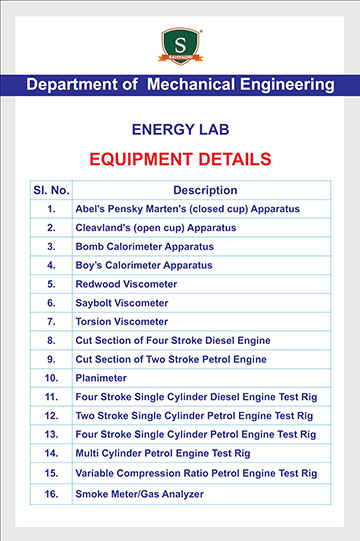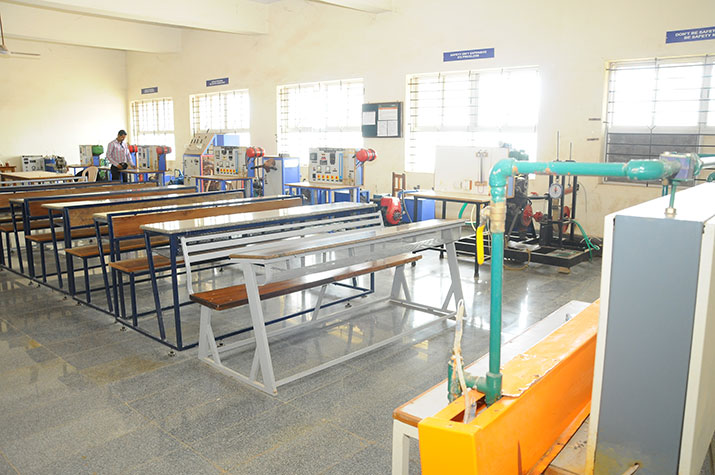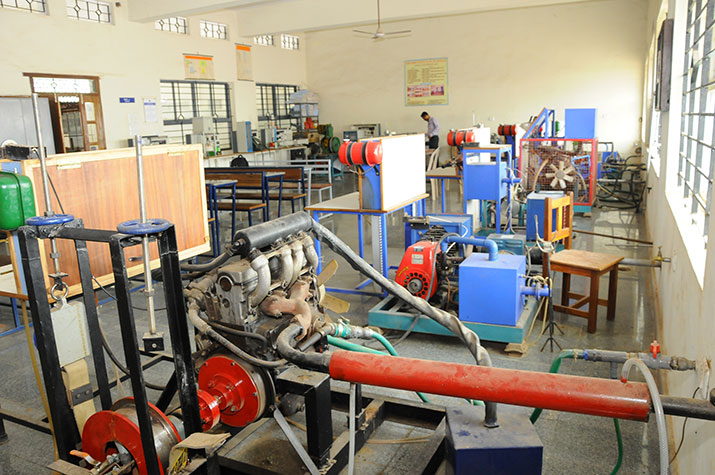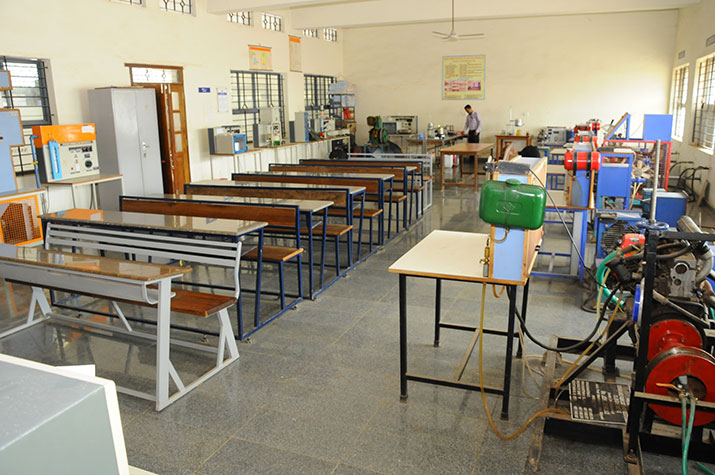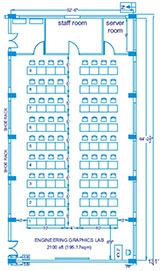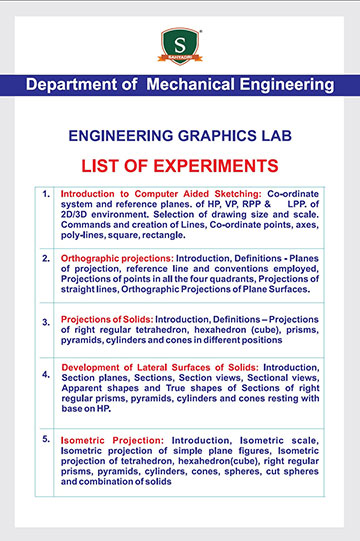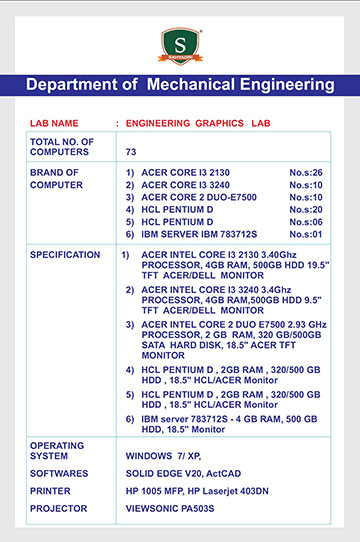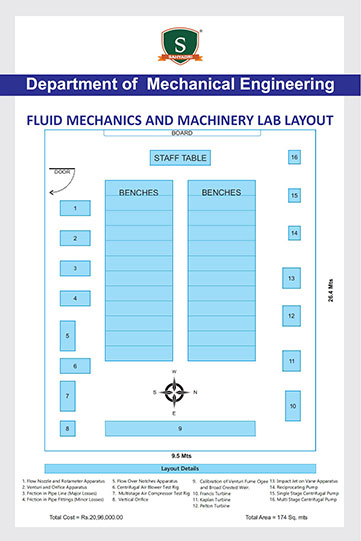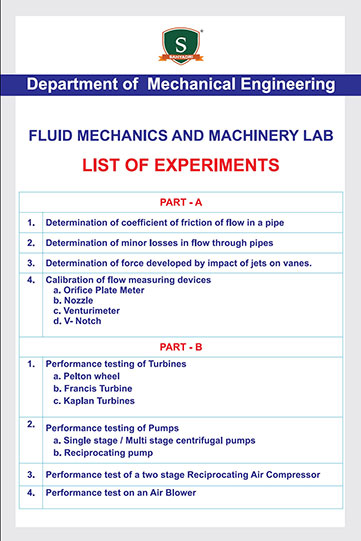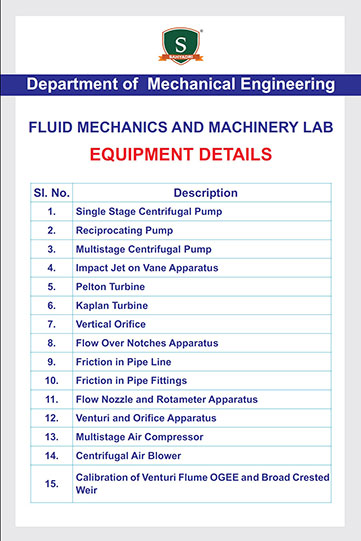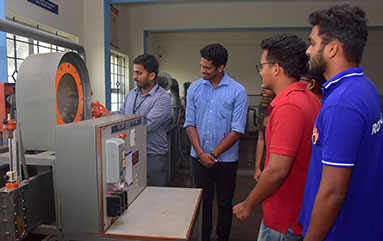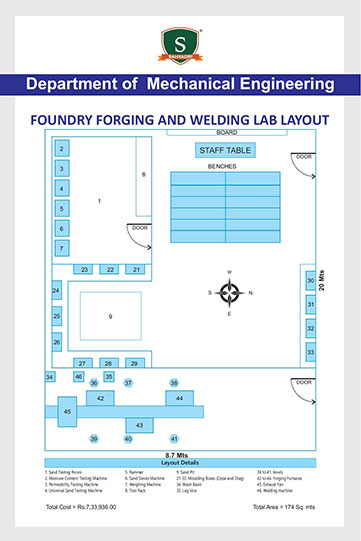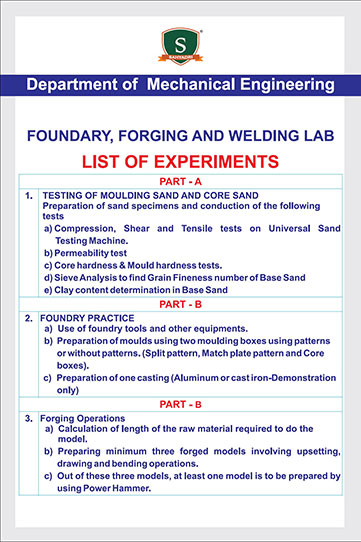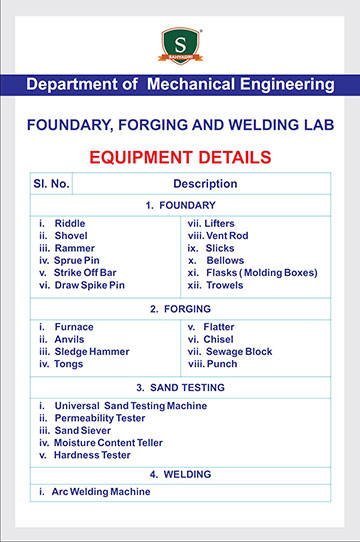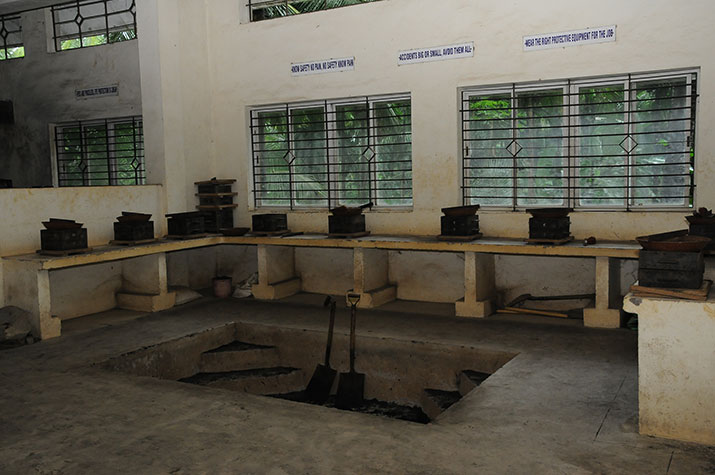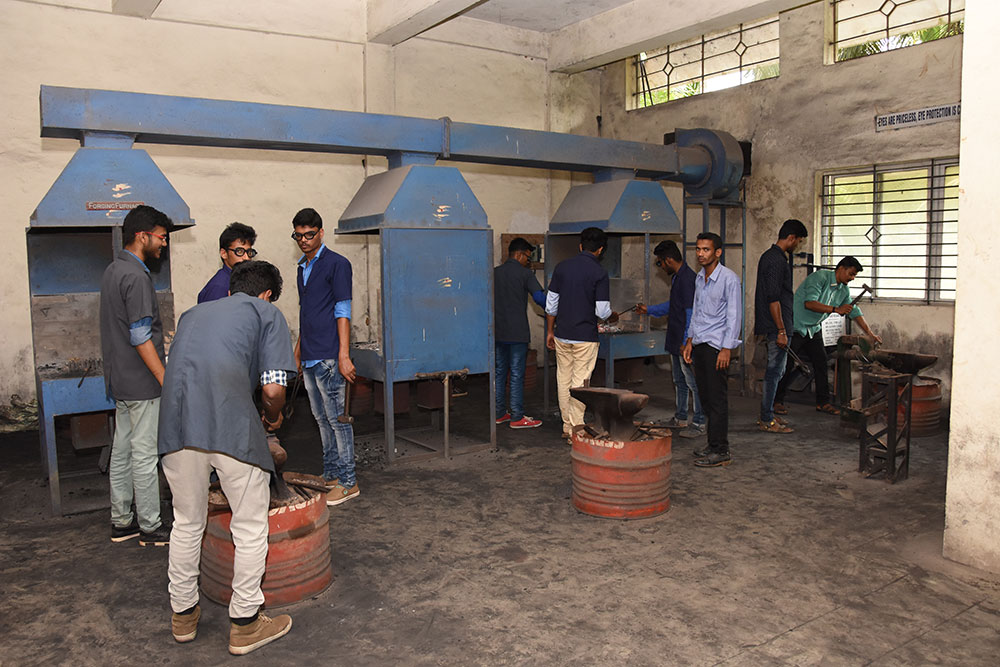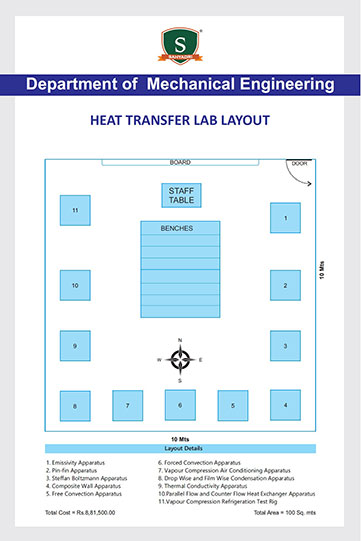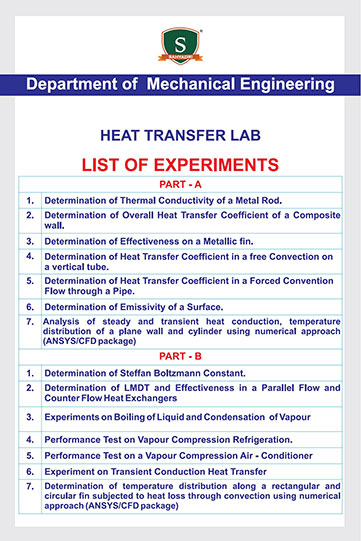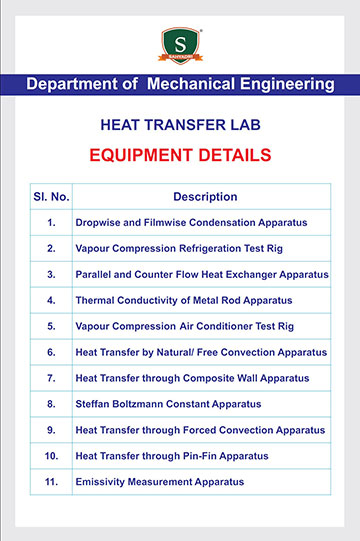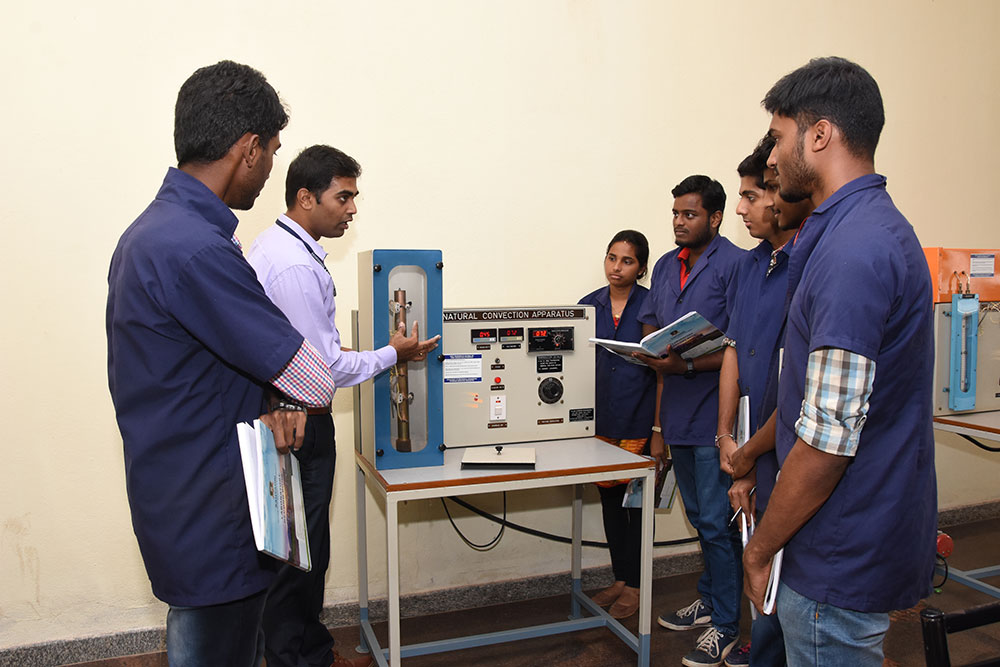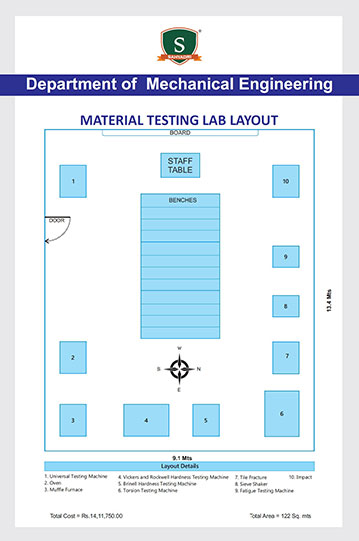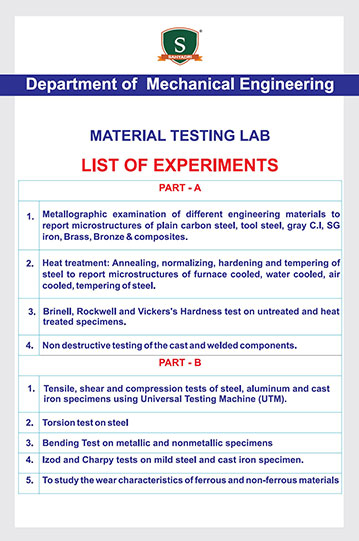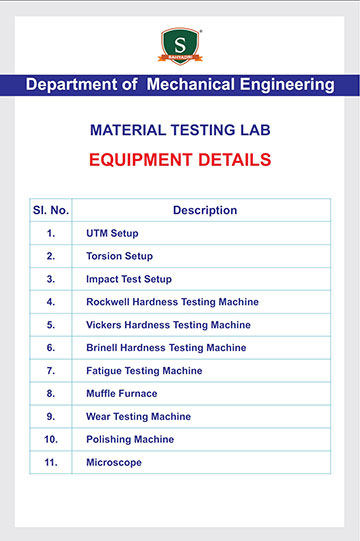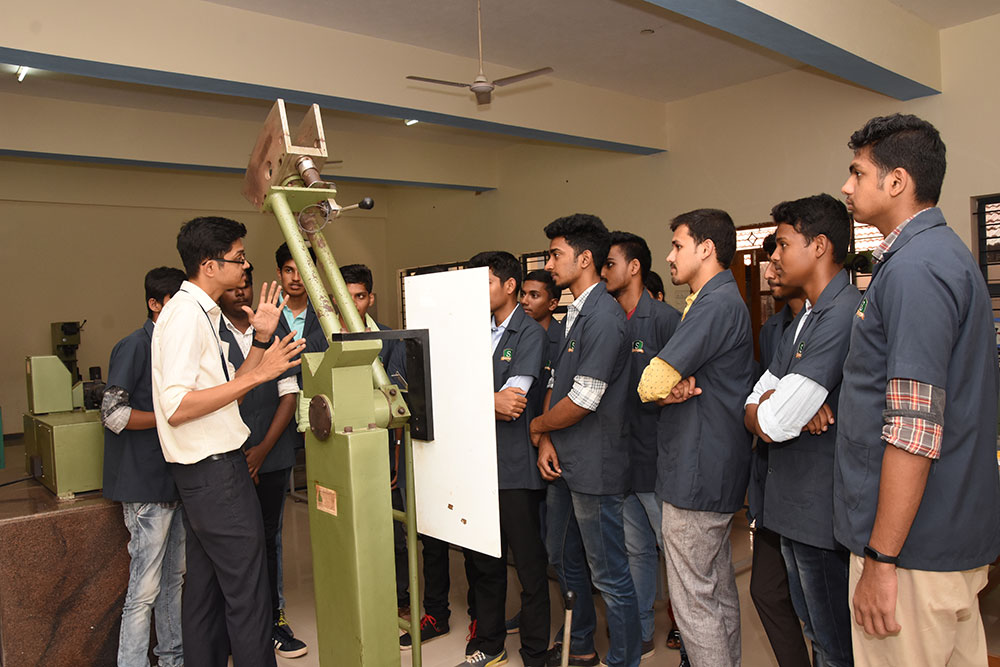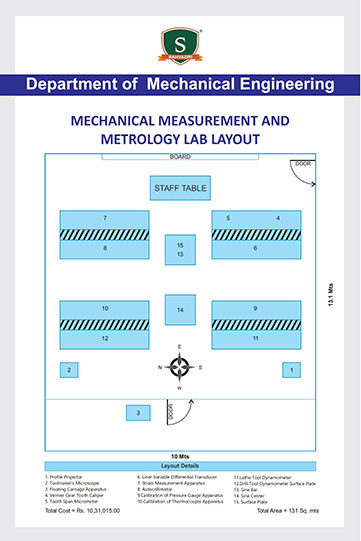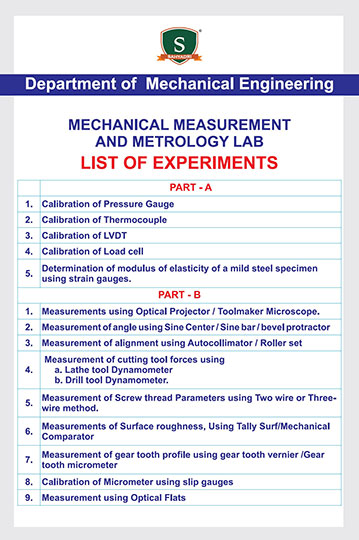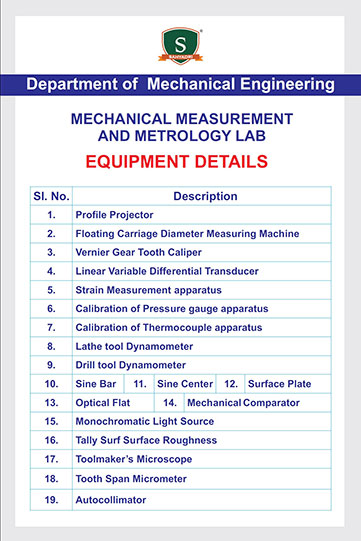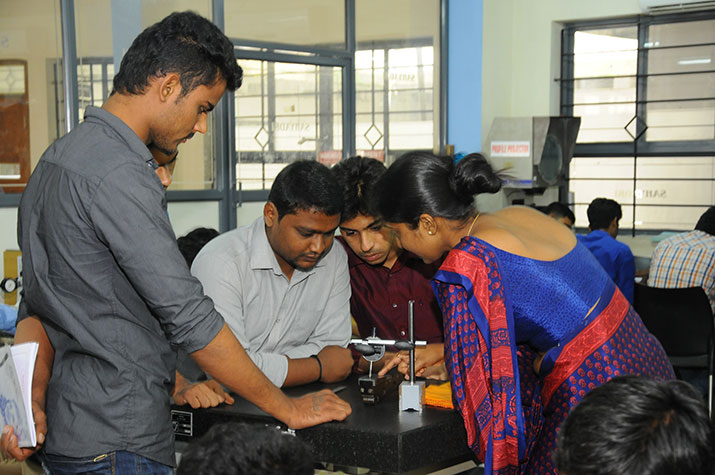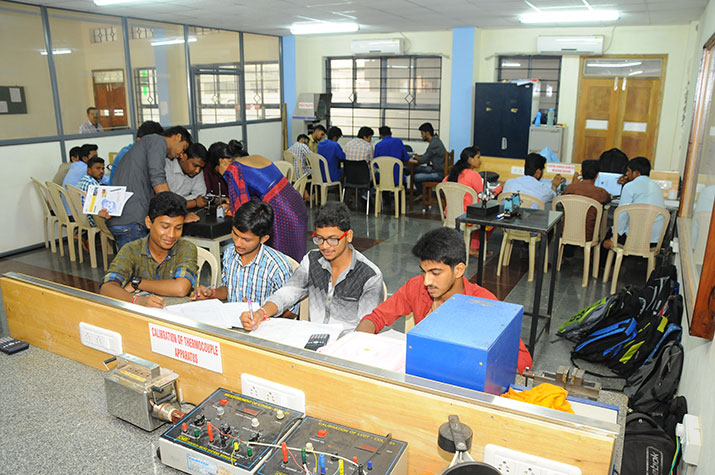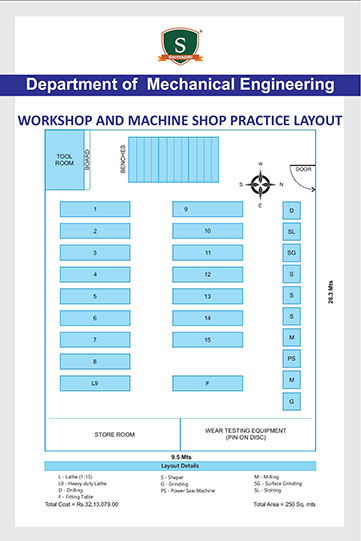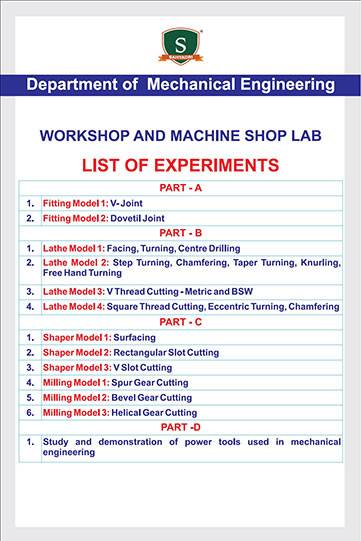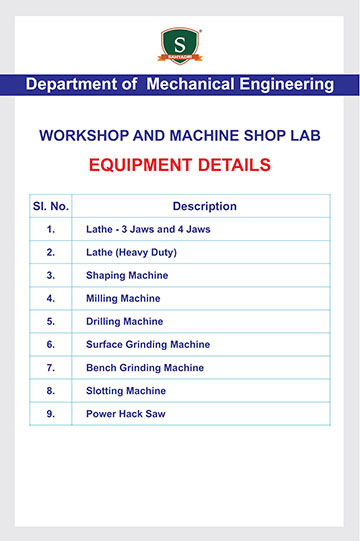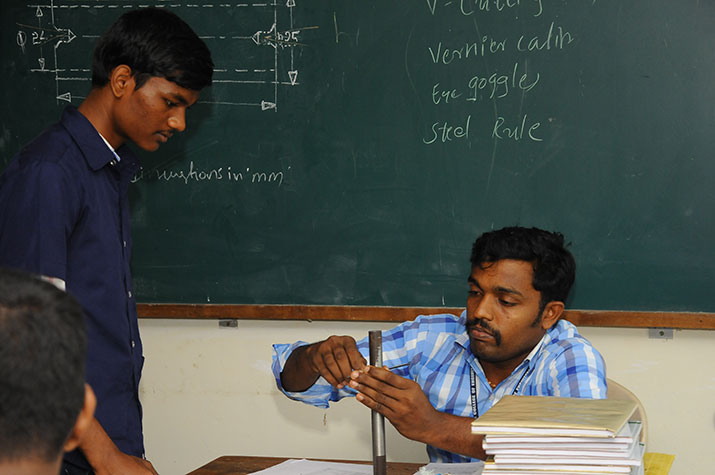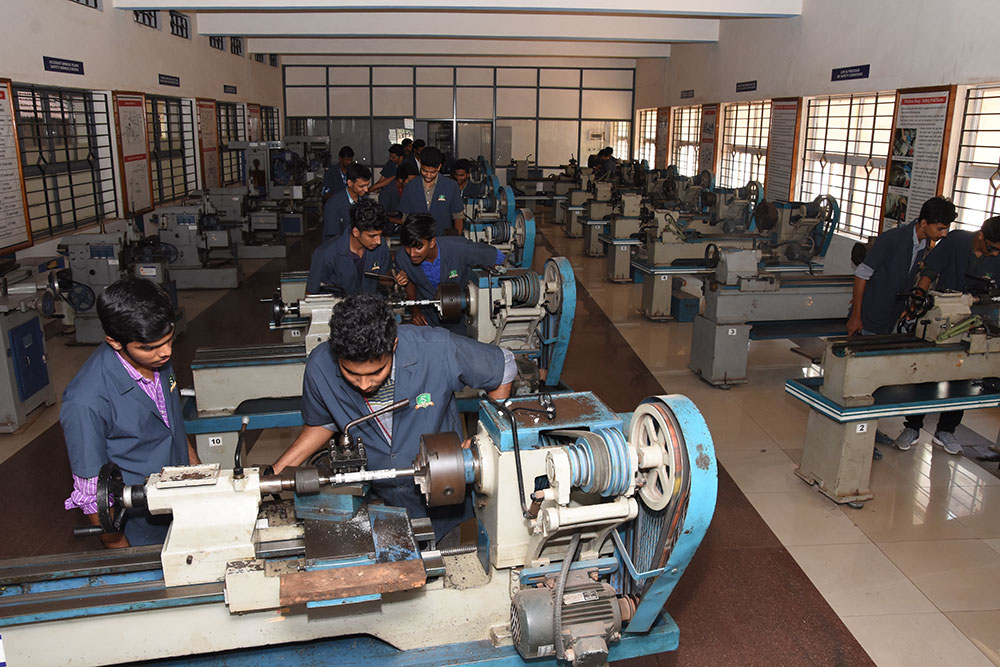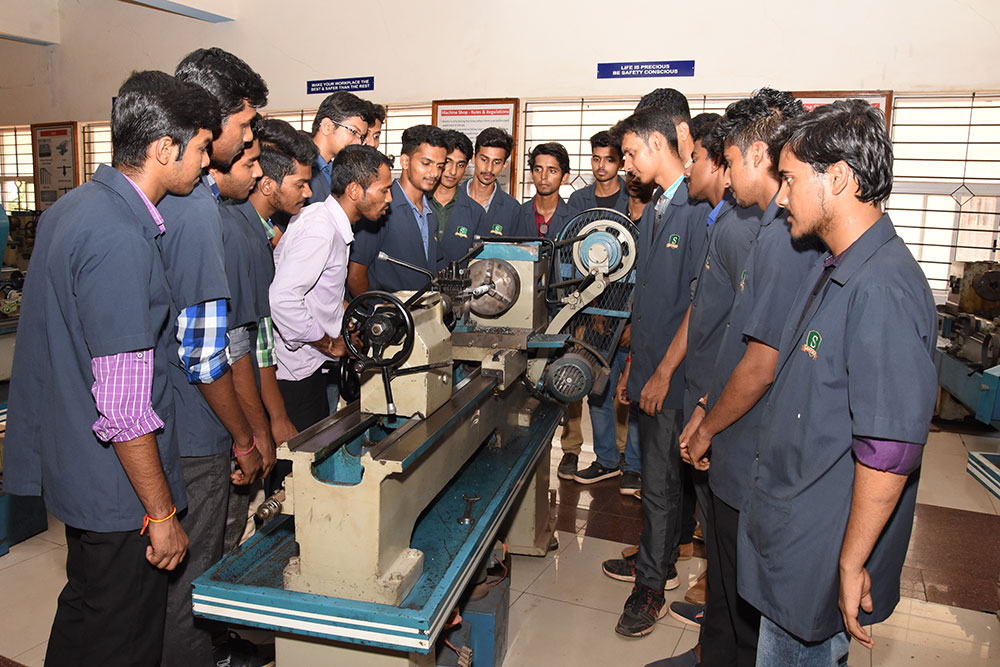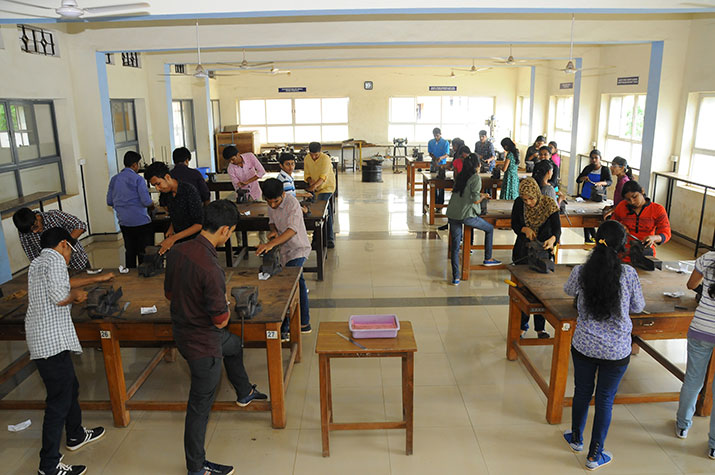- Home
- Social Innovation Project (SIP)
- Sahyadri Project Support Scheme (SPSS)
- Final Year Project
- Multidisciplinary Projects
- SPSS Projects - Mentoring System
- SAHYADRI PROJECT COURSE DESCRIPTION
- SPSS Process & Formats/Google Form Link
- Project Committee
- SPSS / Form
- EXIMIUS
- TECHVISION
- DOWNLOADS
- PROJECT PROPOSALS
Sahyadri Project Support Scheme - SPSS
Motivated by the desire to build a strong base for practical problem solving and hands on skills amongst the students, the Chairman of Sahyadri College of Engineering & Management, Dr. ManjunathBhandary initiated the Sahyadri Project Support Scheme (SPSS). Through this scheme, the department of Projects and Funding provides financial and academic support for engineering student projects. The SPSS scheme is the novel paradigm and first of its kind amongst technological universities in India created by Sahyadri College of Engineering &Management. While most of the engineering projects in the engineering colleges and universities are generally conducted as academic final year projects or club projects, SPSS is quite different wherein students execute non-academic engineering projects for the sake of engineering and not obtaining academic scores.
The new trend towards engineering education is Project Based Learning (PBL) that has a significant edge over traditional paper-based learning when it comes to application of engineering concepts. Research has proven that students gain significant knowledge and skills by working for an extended period of time to investigate and respond to a complex question, problem, or challenge. Sahyadri College of Engineering & Management aspire to be a trend-setter in engineering education and hence adopted the Project based learning through Sahyadri Project Support Scheme (SPSS) alongside with the usual academic curriculum.
For more details Visit: https://shine.foundation/
Preamble
Over the last four years, Sahyadri has evolved its Project Based Learning (PBL) pedagogy from simple engineering college projects to student project where the outcomes involve solving industrial and societal problems.
There are three PBL structures practiced at Sahyadri
i) Project where students are exposed to the societal needs and students realize that meeting societal needs and being socially responsible is vital for overall growth of the nation.
ii) SPSS projects undertaken in 2nd and 3rd year B.E. when students probe the unmet needs of society and industry, select critical problems and solve them using engineering knowledge and skills.
iii) Final year projects, where student fine tune their SPSS projects and realize projects to products /implementable solutions.
4Ps of Projects
The vision of Sahyadri interns of these 3 pedagogies of PBL is very clear. The outcomes must be one or more of the four Ps - Product, Patent, Publication and/or Product-Startup. Thus, the students can significantly add value to the nation building.
What is SPSS?
• Sahyadri Projects Support Scheme (SPSS) is a seed funding support from SCEM for students to do projects.
• Unique Project Based Learning (PBL) approach that is successful in terms of placements, papers, student grants, TBI grants.
SPSS Organization Structure
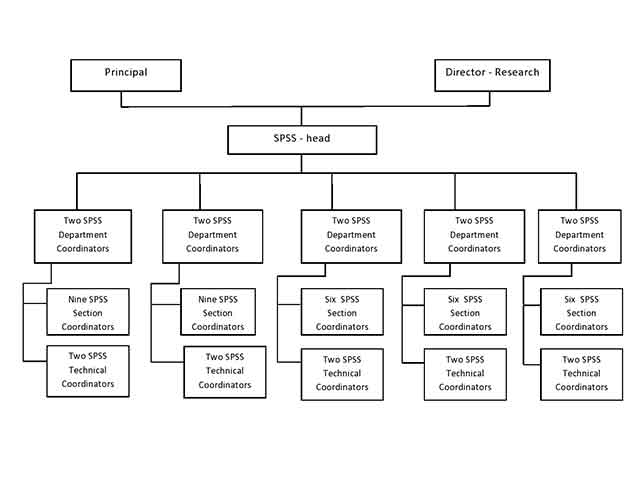
Objectives of SPSS
The main objective of SPSS is to create and update the general creativities of the students of the various branches of the college and to bring out the innovation talent in them. The subobjectives are:
• To encourage project-oriented learning of the students in the field of science and technology in order to promote innovation in projects.
• To promote taking up research in emerging and frontier areas of science and technology including multidisciplinary fields.
• To attract fresh talents in the college towards research and project activities.
Benefits of SPSS
SPSS provides the application level (practical) knowledge to the students which are not provided to industry’s level by traditional academic teaching.
• SPSS provides funding and guidance to the research /R&D projects.
• The current job market is extremely competitive. With a lot of Engineers graduating every year, the jobs for fresher is very scarce. If a fresh engineering graduate has to stand out in the competition, he/she should have some project experience in his/her CV. SPSS provides the platform for the same.
• SPSS boosts confidence levels in the students in their career especially during their placements/ higher studies.
• Students can generate patents and publish paper there by building their CV.
• SPSS Empowers analytical thinking, synthesizing and communication skills, there by holistic development take place in the personality of the students.
• Students will gain expertise in how to apply for research grants such as KSCST, VGST-TRIP and IE student grants.
What is Sahyadri Project Ecosystem?
Sahyadri Project Ecosystem Consists of SIP, SPSS, Final year B.E. projects and NAIN
SIP (Social Innovation Project) of Sahyadri Centre for Social Innovation (SCSI) is developed for all the first year B.E. students, to develop the basic ideas on social innovations. It is more about applying academic knowledge for creating new products or services to mainly address social and environmental needs and thus staying connected to the society.
SPSS (Sahyadri Project Support Scheme) is for second year and third year B.E. students to convert the talent and creativity of students into projects. SPSS provides financial (seed money) and academic support for student projects that are aimed at solving the critical needs of society or industry. SPSS has a major impact in improving the quality of technical education.
NAIN (New Age Incubation Network) is focus on igniting the young minds and provide the necessary infrastructure and mentoring to take the concepts of the students from idea to POC (Proof of Concept) stage and then give them the necessary guidance and provide the platform to become successful entrepreneurs.
Representation of Sahyadri Projects Ecosystem
Sahyadri project ecosystem shows how the project chain related from 1st year to the final year project. In the 1st year students are made to mainly focus on the problems related to the society and come up with an idea to solve that problem using the SIP (Social Innovation project) Scheme. The 2nd and 3rd year students are involved in SPSS projects. This is the platform provided by the college to encourage projects-oriented learning of the students in the field of science and technology to promote the innovative projects. Final year projects are related to the Academic and one can continue their selected SPSS project to the final year project for the further improvement.

How a student grows at Sahyadri
The figure below shows how a student grows at Sahyadri. In the entry level, the SIP program is initiated for connecting the students to the society and makes them to realize the problems faced by the society and come up with the innovative idea to solve the problem.
In the next level, the SPSS program is developed for 2nd and 3rd year students. Here the focus was given for conceptual design and product design & implementation.
In the final year, the students are encouraged to continue their selected SPSS project to implement in final year. Here the focus is given to the Startup design and implementation.
At the final stage, the projects which get selected in Techvision shall receive a funding for the development of the POC (Proof of Concept) from the SPSS fund. For each of the project, there shall be a faculty from the concerned department and an industry expert to guide the students in developing the prototype and making the product commercially viable. This prototype is pitched in various grants for further funding to develop commercial prototype for building product startups.
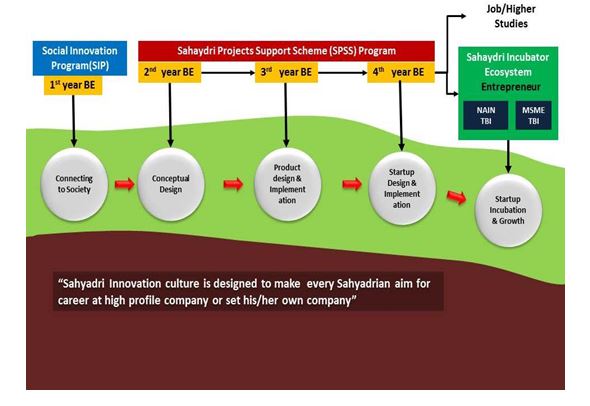
Project
The Department of Projects and Funding is aimed to create practical problem solving ambience in the students by promoting research and projects in engineering sciences and innovations in established and newer technologies; Research and development activities are considered as an essential component of higher education because of their role in creating new knowledge and insight and imparting excitement and dynamism to the educational process, as well as make them need based in view of the national requirements. The objective of this department is to create and update the general creativities of the students of the various branches of the college.
Motivated by the desire to build a strong base for practical problem solving in the students as well as to build their R & D potential, the Department of Project and Funding launched Student Project Support Scheme- SPSS to convert enormous reservoir of talent and creativity in the students to projects and products. Through this scheme, the Department of Projects and Funding provides financial and academic support for student projects. This scheme is a major innovation and first of its kind in technical education in the country and has a major impact in improving the quality of technical education.
The objectives of STUDENT PROJECT SUPPORT SCHEME- SPSS are
- To encourage project activities of the students in the field of Science and Technology in order to promote innovation in projects.
- To promote taking up research in newly emerging and frontier areas of Science and Technology including multidisciplinary fields.
- To attract fresh talents in the college towards research and project activities.
| Amount Sanctioned (in lakhs) | No of projects Funded | No of projects successfully completed | |
| SPSS 2014-15 | 6.45 | 78 | 58 |
| SPSS 2015-16 | 17.55 | 370 | 233 |
| SPSS 2016-17 | 17.25 | 516 | 466 |
| SPSS 2017-18 | 20 | 710 | 710 |
| SPSS 2018-19 | 20 | On process | On process |
| Techvision 2015 | 2.45 | ||
| Techvision 2016 | 2.85 | ||
| Techvision 2017 | 3.50 | ||
| Techvision 2018 | 4.20 | ||
| Srishti 2014 Project exhibition conducted at Sahyadri Campus | 10.00 | ||
| Srishti 2015 Project exhibition sponsorship | 1.00 | 40 students participated | |
| Srishti 2015 Project exhibition sponsorship | 1.00 | 63 students participated | |
| Total spent in the last 5 years | 106.25 | 1674 | 1467 successfully completed |
Social innovations are new strategies, concepts and ideas that meet the different social needs of the society ranging from living conditions, education employment to community development and to strengthen and serve the society. Social innovation and entrepreneurship may work through a variety of organizational architectures to enable change. Social innovation is about creating pathways for students in academics to lead a positive change in our world.
The main objective of the Sahyadri Center for Social Innovation (SCSI) in Social Innovation Project (SIP) is to motivate the students in the area of Social Innovations and Engineering and provide hands on experience and practical exposure to solve socially relevant problems. The college believes that a mere academic knowledge is not just sufficient to produce world-class engineers and with this outlook, it has built up an ecosystem where provisions are made for a Hands-on Experience Lab, an Life Science Lab, an Innovation Lab and a Product Design Lab included in academic curriculum. These socially innovative practices of engineering shall truly make an impact on the society at large. All these programs are handled by the Centre for Social Innovations and Engineering.
The SIP program is intended for First year B.E. students. The idea is of SIP is as follows:
i) Make the students to realize the social need and problems.
ii) Make them socially responsible.
iii)Connect them to the society.
Connecting to the society is vital for their future career as they are aware of the society for which they render their product or services as engineer. SIP is undertaken by the Dreamers. The selected SIP projects are demonstrated in Tech Vision Project exhibition
Introduction
The new trend towards engineering education is Project Based Learning (PBL) that has a significant edge over traditional paper-based learning when it comes to application of engineering concepts. Research has proven that students gain significant knowledge and skills by working for an extended period of time to investigate and respond to a complex question, problem, or challenge. Sahyadri College of Engineering & Management aspire to be a trend-setter in engineering education and hence adopted the Project based learning through Sahyadri Project Support Scheme (SPSS) alongside with the usual academic curriculum.
SPSS Project Team Formation Process
1. Student group creation: Student groups will be created by their Mentor.
2. Mentor-student co-create project proposal: Mentor and students will have a meeting and decide the projects together based on related subjects.
3. Project follow up meetings: Every week students report to their mentor and explain the progress of their project.
4. Project evaluation: The SPSS project evaluation committee will conduct periodic evaluation about the progress of the projects.
5. Project Completion: On completion of the projects, student should get sign from evaluation committee
6. Demonstration during Techvision: All SPSS projects must be displayed during the Techvision to be marked as complete. The SPSS completion and Techvision participation certificate will be given on the Techvision day.
7. Techvision prizes and project funding: Techvision prizes will be given at SPSS office about 5 days after Techvision. The project funding will be funded to the respective nominated bank accounts of the students.
The final year project is related the Academic Syllabus. All the final year B.E. students are mandated to submit their project in their final year which is for 200 marks i.e., 100 marks is given by the internal examiner for 2 phases of presentation. Another 100 marks given by the external examiner where 80 marks for presentation & demonstration and 20 marks is for viva. Students are allowed to do this in groups of three or four and will have to face a viva once they submit the projects.
The Final year project process:
Initially the project team formation was done by the students. After the team formation, project proposal was submitted to the department. Based on the project proposal Guide allocation will take place. Once the guide is allocated, progress report 1 should be submitted and presented by the team. After that phase 1 report submission and presentation will take place in the presence of internal examiner. This is done by the end of 7th semester.
In the beginning of 8th semester progress report 2 should be submitted and presented by the team. After that phase 2 report should be submitted and presented in the presence of internal examiner. This will be done in the middle of the 8th semester. At the end of 8th semester once the project is completed, the project team has to give the presentation & demonstration in the presence of the external examiner.
You can follow the guidelines for the preparation of B.E. project reports through the link:
http://vtu.ac.in/examination-guidelines/Multi-disciplinary Projects are strongly encouraged at Sahyadri. This is due to the fact that most of the products are multidisciplinary and students will have to work in multidisciplinary environment in MNCs once they graduate. VTU also has provisions for multidisciplinary project as evident in their syllabus framed for final year projects.
The following two modes of operation (with examples) is possible in multidisciplinary projects
| 1 |
Multidisciplinary four-member project team Eg: Two students from EC department + Two students from ME guided by 1 EC faculty and 1 ME faculty. During the project exam, all 4 students can present or even two EC students can present. |
| 1 |
Multiple four member teams handling a large project with multiple guides. Eg: 4 EC students +4 IS students + 4 ME students =12 students working on a Electric bike project and guided by 1 EC faculty + 1 IS faculty + 1 ME faculty During the project exam, all 4 students can present or even two EC students can present. |
The rule of VTU is to have maximum FOUR members in team.
Faculties are strongly encouraged to collaborate with faculty of other departments and design large multidisciplinary projects or programs which can attract Patents, Publications and Grants.
Student mentoring system is involved in SPSS projects to guide the students in their project. Each faculty will mentor 6 projects and 8 mentee team. In first year, their task is only mentoring students and in 2nd, 3rd and 4th year there should be both monitoring and guiding the students in their projects.
The selection of the project topic was done by both the mentor and students with their interest. The preference is given to their research area.
The mentor should allocate time for mentees to discuss with their projects. Mentor has to do the peer to peer mentoring and network them to each other and also challenge them to stretch their goals. Mentor should insist them to apply for research grants, design competitions, write papers
Peer to Peer - Mentoring System
Each faculty will guide at least four SPSS projects from 2nd and 3rd year BE students and two Final year projects in general.
Let us assume that a faculty has 8 ongoing SPSS projects consisting of two first year BE projects, two second year BE projects, two third year BE projects and two final year BE projects. The faculty will then create a peer to peer mentoring group wherein all the 32 student members form a peer-to-peer mentoring group where senior students will guide junior students and work together as a team.
Sahyadri Projects (SIP, SPSS, and Final year) offer the opportunity to apply and extend material learned throughout the program. Assessment is conducted by means of a seminar presentation, submission of a thesis and a public demonstration of work undertaken.
In contrast to the majority of courses studied elsewhere in the program, projects are undertaken individually or in small groups. This necessarily introduces the dimension of workload management into the program to enable completion of a large, relatively unstructured "assignment" over the course of the year.
The projects undertaken span a diverse range of topics, including theoretical, simulation and experimental studies, and vary from year to year according to the technological advancement in the stream. The emphasis is necessarily on facilitating student learning in technical, project management and presentation spheres.
This course consists of Project Phase – I (odd semester) which Comprises of Literature Survey, Problem identification, Objectives and Methodology. Project Phase – II (even semester) which comprises of hardware / software design, analyzing, implementation, prototyping and demonstration. Marks shall be based on the work done, quality of report, demonstration or simulation and Seminar presentation skill.
Aim
Project Work is a learning experience which aims to provide students with the opportunity to synthesize knowledge from various areas of learning, critically and creatively apply it to real life situations. This process enhances the student’s knowledge and enables them to acquire skills like collaboration, communication and independent learning, prepares them for lifelong learning and the challenges ahead.
Learning Outcomes
Project learning is skill based. The broader area includes learning collaboration, critical thinking, oral communication, written communications, and technology, to develop citizenship (To take on civic and societal issues), careers and content (Research).
The learning outcomes identify the key areas of learning of the subject. Four learning outcomes are separately articulated: knowledge application, communication, collaboration and independent learning. While students learn to work in groups, they will also learn independently through self-reflection and evaluation of their own work processes. These learning outcomes exist in dynamic interplay rather than as compartmentalized and distinct categories. The following are the learning outcomes for project work:
| Domains | Learning Outcomes |
|---|---|
Knowledge Application |
Students will acquire the ability to make links across different areas of knowledge and to generate, develop and evaluate ideas and information so as to apply these skills to the project task. |
Communication |
Students will acquire the skills to communicate effectively and to present ideas clearly and coherently to specific audience in both the written and oral forms. |
Collaboration |
Students will acquire collaborative skills through working in a team to achieve common goals. |
This set of domains and outcomes is in line with the attributes stated in the desired outcomes of education.
Outcomes
Program Outcomes (POs)
1. Engineering Knowledge: Apply the knowledge of mathematics, science, engineering fundamentals, and an engineering specialization to the solution of complex engineering problems
2. Problem analysis: Identify, formulate, research literature, and analyze complex engineering problems reaching substantiated conclusions using first principles of mathematics, natural sciences, and engineering sciences.
3. Design/development of solutions: Design solutions for complex engineering problems and design system components or processes that meet the specified needs with appropriate consideration for the public health and safety, and the cultural, societal, and environmental considerations.
4. Conduct investigations of complex problems: Use research-based knowledge and research methods including design of experiments, analysis and interpretation of data, and synthesis of the information to provide valid conclusions
5. Modern Tool Usage: Create, select, and apply appropriate techniques, resources, and modern engineering and IT tools including prediction and modeling to complex engineering activities with an understanding of the limitations.
6. The Engineer and Society: Apply reasoning informed by the contextual knowledge to assess societal, health, safety, legal, and cultural issues and the consequent responsibilities relevant to the professional engineering practice.
7. Environment and Sustainability: Understand the impact of the professional engineering solutions in societal and environmental contexts, and demonstrate the knowledge of need for sustainable development.
8. Ethics: Apply ethical principles and commit to professional ethics and responsibilities and norms of the engineering practice.
9. Individual and Team Work: Function effectively as an individual, and as a member or leader in diverse teams, and in multidisciplinary settings.
10. Communication: Communicate effectively on complex engineering activities with the engineering community and with society at large, such as, being able to comprehend and write effective reports and design documentation, make effective presentations, and give and receive clear instructions.
11. Project Management and Finance: Demonstrate knowledge and understanding of the engineering and management principles and apply these to one‘s own work, as a member and leader in a team, to manage projects and in multidisciplinary environments.
12. Life-long learning: Recognize the need for, and have the preparation and ability to engage in independent and life-long learning in the broadest context of technological change.
Course Outcomes (COs)
| CO# | Course outcome | PO# |
|---|---|---|
| CO1 | Ability to engage in independent study to research literature in identified domain and ability to self-learn new technologies as required by the project. | PO12 |
| CO2 | Ability to consolidate the literature search to identify and formulate the engineering problem | PO2 |
| CO3 | Ability to identify the community that shall benefit through the solution to identified engineering problem and also demonstrate concern for environment in the developed engineering solution | PO6 PO7 |
| CO4 | Ability to demonstrate compliance to the prescribed standards/safety norms through implementation of the identified engineering problem. Ability to abide by the norms of professional ethics. | PO8 |
| CO5 | Ability to prepare the Gantt chart for scheduling the project work and designate responsibility of every member in the team. Ability to perform the budget analysis of the project through the utilization of resources (finance, power, area, band width, weight, size, any other) | PO11 |
| CO6 | Ability to engage in independent study to identify the mathematical concepts, science concepts, engineering concepts and management principles necessary to solve the identified engineering problem/s | PO12 |
| CO7 | Ability to engage in independent study to arrive at an exhaustive list of available engineering tools that may be used for solving identified engineering problem/s | PO12 PO5 |
| CO8 | Ability to select the engineering tools/components for solving the identified engineering problem/s | PO5 |
| CO9 | Ability to apply the identified concepts and engineering tools to arrive at design solution(s) for identified engineering problem/s. | PO1 PO3 |
| CO10 | Ability to analyze and interpret results of experiments conducted on the designed solution(s) to arrive at valid scientific conclusions | PO4 |
| CO11 | Ability to engage in effective written communication through the project report, the one-page poster presentation and the four-page IEEE/other standard journal format of the work. Ability to engage in effective oral communication through the project report, demonstrate of the project and presentation of the video about the project. | PO10 |
| CO12 | Ability to perform in the team, contribute to the team and mentor/lead the team | PO9 |
CO – PO Mapping
| PO1 | PO2 | PO3 | PO4 | PO5 | PO6 | PO7 | PO8 | PO9 | PO10 | PO11 | PO12 | |
|---|---|---|---|---|---|---|---|---|---|---|---|---|
| CO1 | 3 | |||||||||||
| CO2 | 2 | |||||||||||
| CO3 | 3 | 3 | ||||||||||
| CO4 | 3 | |||||||||||
| CO5 | 3 | |||||||||||
| CO6 | 3 | |||||||||||
| CO7 | 2 | 3 | ||||||||||
| CO8 | 2 | |||||||||||
| CO9 | 2 | 2 | ||||||||||
| CO10 | 2 | |||||||||||
| CO11 | 3 | |||||||||||
| CO12 | 3 |
SPSS PROJECT DEADLINES FORMAT
| SL.NO | PROCESS DEADLINES | BY THIS DATE | FORMAT /GOOGLE FORM LINK |
|---|---|---|---|
1 |
Notification for team formation |
Aug 15 |
|
2 |
Guide allocation |
Aug 20 |
|
3 |
Submission of project proposal |
Aug 30 |
03 Project Proposal Submission Format.docx |
4 |
Evaluation of project proposals |
Sep 10 |
|
5 |
Resubmission of rejected proposals |
Sep 20 |
|
6 |
Progress Report 1 submission |
Oct 28 |
06 Project Progress Report1 Format.docx |
7 |
Project Phase 1 Report submission and presentation |
Nov 20 |
http://vtu.ac.in/examination-guidelines/ |
8 |
Progress Report 2 submission |
Feb 20 |
08 Project Progress Report2 Format.docx |
9 |
Project Completion & Project Phase 2 Report submission and presentation |
March 23 |
http://vtu.ac.in/examination-guidelines/ |
10 |
Paper Submission to reputed journals & Paper Presentation |
April 20 |
|
11 |
Project Demonstration (TechVision 20XX) |
May 01 & 02 |
SPSS Reports
Project Committee
| Dr. U.M. Bhushi | Chief Patron |
| Dr. Ranganathiah | Patron |
| Dr. S. Manjappa | Advisor |
| Prof. Rathshchandra R Gatti | SPSS Head |
| Ms. Ashutha K | SPSS projects coordinator |
| Coordinators | Branch |
| Mr. Vaishak | Mechanical Engineering |
| Mr. Suhas | |
| Mr. Sharath Chandra N. R. | E&C Engineering |
| Mr. Sachin Shetty | |
| Dr. Gautham P Jeppu | Civil Engineering |
| Ms. Bhavya P | |
| Mr. Prakyath Rai | IS&Engineering |
| Mr. Rithesh Pakkala | |
| Mrs. Sadhana | CS&Engineering |
| Ms. K.H. Naz Mufeeda | |
| Mr. Gautham Nayak | DT labz Representative |
| Mr. Sachin Ganesh | |
| Mr. Bharath Bhushan | Computer Applications |
Student Project Support Scheme - SPSS
Motivated by the desire to build a strong base for practical problem solving in the students as well as to build their R & D potential, the Department of Project and Funding launched Student Project Support Scheme- SPSS to convert enormous reservoir of talent and creativity in the students to projects and products. Through this scheme, the Department of Projects and Funding provides financial and academic support for student projects. This scheme is a major innovation and first of its kind in technical education in the country and has a major impact in improving the quality of technical education.
- To encourage project activities of the students in the field of Science and Technology in order to promote innovation in projects.
- To promote taking up research in newly emerging and frontier areas of Science and Technology including multidisciplinary fields.
- To attract fresh talents in the college towards research and project activities.
SPSS FORM
SPSS PROJECT PROPOSALS
After you have formed a team and an idea, you can approach two project guides supervisor and co-supervisor using this List of faculty expertise suitable to your project.
Click here to download: List of faculty expertise
Then, the team leader or any one of the members can fill the proposal online using this online form link given below.
SPSS INTIAL REPORT
Students have to submit the initial report for their proposed project in a Google form .The Google form link is provided below.
SPSS COMPLETION REPORT
After grant has been provided students have to submit the literature review of their paper, in a Google form. The Google form link is provided below.
- Refer SPSS rules section 4 for more details
- The students applying for IPR have to submit the form in person to SPSS Head.
- Once the form is filled please download and sign it by all students and supervisors and submit in person to SPSS department.
- Authorship must be shared.
EXIMIUS
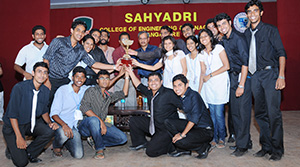
Eximius is the annual inter-collegiate techno-cultural fest organized by Department of Projects and Funding in association with Department of Art and Culture aimed at inspiring the students in view of developing innovative thinking, dynamism, organizing abilities as well as instilling leadership qualities in them. The two days fest has many technical events and cultural events to cater to the objectives of the fest. The first of EXIMIUS series was EXIMIUS-2k13, which was held on 21-22 March 2013 with the theme 'Go Green'. The event was a great success with a participation of about 600 students from other colleges and about 400 students from sahyadri College of Engineering & Management. Motivated by the grant success of EXIMIUS-2k13, the second of the series EXIMIUS-2.0 was organized on 08-09 November 2014 with the theme 'where talent meets innovation'. The event was a huge success with participation of around 500 students from other colleges and about 600 students from sahyadri College of Engineering & Management.
Techvision
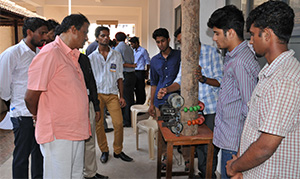
Tech Vision is the annual intra-college project exhibition aimed at bringing the young minds together to collaborate their technical skills and abilities towards the research and innovation, thereby serving the society and the nation. The project exhibition is organized on COMEDK examination day every year, and it gives a nice experience for the parents of the Engineering aspiring students to witness the recent trends in Science and Technology and to help their wards to select appropriate branch. The project exhibition is attended by the reputed scientists and experts from academia and industries and their feedback helps the students to improve the projects. The first of the series was Tech Vision 2013, which was held on 12 May 2013. The event was a great success with exhibition of more than 100 projects. Motivated by the grant success of Tech Vision 2013, the second of the series Tech Vision 2014 was organized on 10-11 May 2014. The event was a huge success with an exhibition of more than 150 projects.
Techvision-Elevate 50
About Techvision
TechVision, a One-Day intra-collegiate project competition held in the campus. The main objective of this event is to inspire young minds by providing the platform to demonstrate their skills and knowledge through projects. Around 20 lakhs rupees is spent on Sahyadri Project Support Scheme (SPSS) wherein the grants are being provided to each of the qualified student projects. More than 710 projects including SPSS and Non-SPSS projects of BE, M.Tech, MBA and VTU final year projects of B.E students has to display. More than 3000 students participate in this event demonstrating their engineering talent.
TECHVISION 20XX
THEME: “ELEVATE 50”
The theme for Techvision 2019 was ELEVATE 50. Over the years Techvision has evolved to come to this stage, where students are challenged to develop PRODUCT BASED STARTUPs and not just scientific projects. In Techvision 2019, there were two technical rounds followed by one business round.
ELEVATE 50 - Stringent Evaluation Procedure
The ELEVATE 50 - Stringent Evaluation Procedure is shown the figure below. Which distinguishes how the entire projects are reduced based on the execution and performance. There are around 710 projects are involved in this process. Initially in the level 1 stage, project selection is done by the particular department. In every department, each section has 4 selected projects and these projects are selected by the respective project guide. After the level 1 process, the all 710 projects are reduced to 150 projects.
In the next level, the selected level 1 projects are presented in Techvision. Where the external technical experts will monitor the project and evaluate them based on the presentation & demonstration. In the level 2 stage depending on the evaluation only 50 projects are taken into consideration and processed for the further level.
At the end, in level 3 these 50 projects are involved in the Business Round where external business experts will evaluate and select only 20 projects for the next level.
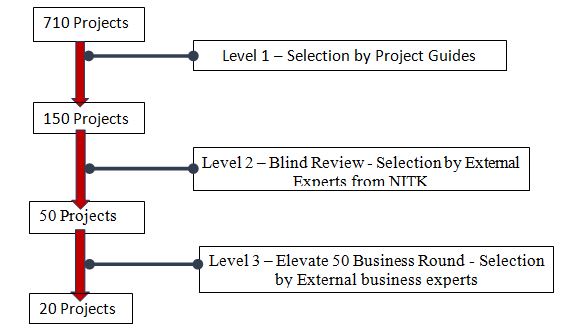
VTU Consortium
E-Learning Resources
1. VTU e-learning Resource Center - http://nptel.vtu.ac.in/econtent/
2. NPTEL- https://nptel.ac.in/resources.html
3. NPTEL Online Videos, Courses, IIT Video Lectures - http://www.nptelvideos.in/
4. Swayam -Free Online Education - https://swayam.gov.in/NPTEL
5. MITOPEN COURSEWARE - https://ocw.mit.edu/index.htm
6. Virtual Labs: An Initiative of Ministry of Human Resource Development under the National Mission on Education through ICT - http://www.vlab.co.in/broad-area-electronics-and-communications
7. IIT Bombay Virtual Lab- http://vlabs.iitb.ac.in/vlab/
8. Amrita Vishwa Vidyapeetham Virtual Lab – https://vlab.amrita.edu/
9. IIT Kanpur- Virtual Labs - https://www.iitk.ac.in/mimt_lab/vlab/index.php

